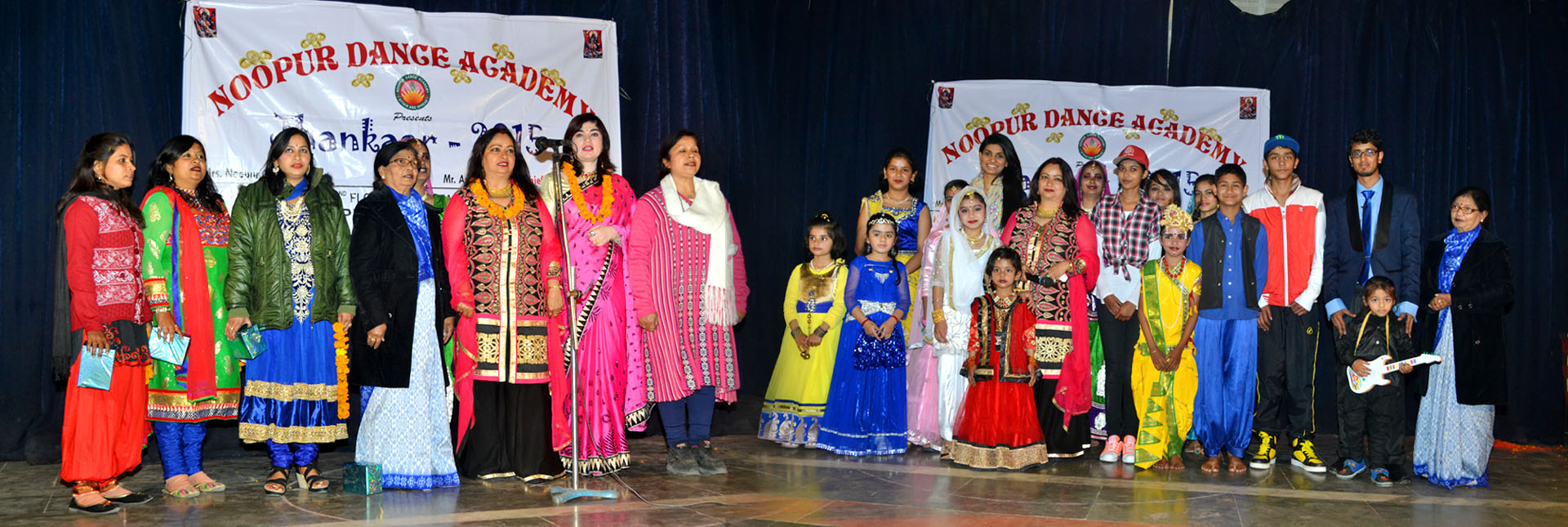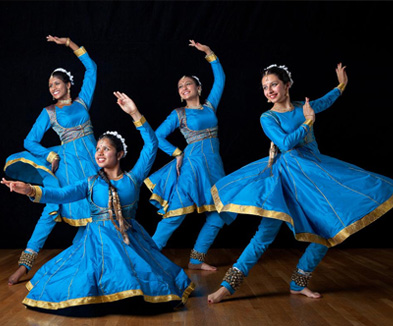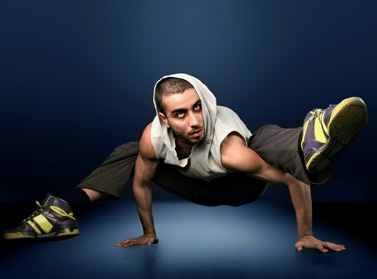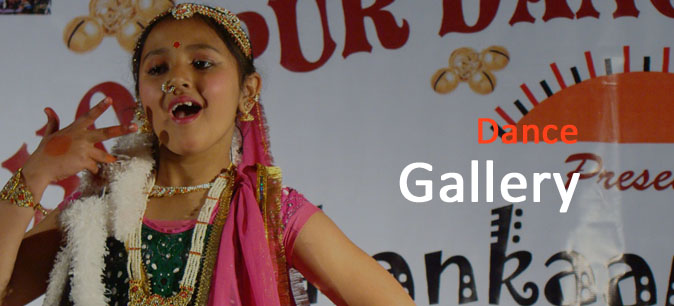About Us
Noopur Dance Academy - founded in 2009 by Noopur Gupta,a talented dancer from India, dedicated to promote traditional dances in INDIA . Located in Dehradun, Noopur Dance Academy has trained many students in Bharatanatyam, kathak, kachi pudi, hip-hop and salsha etc. Students from age 5 years and above are exposed to this beautiful dance form India. Noopur Dance Academy also host the Annual Dance Showcase.
This helps the students gain confidence, understand group dynamics, and stage aesthetics. If you're looking for a dance school for your child, then please find out our current classes for children.






















